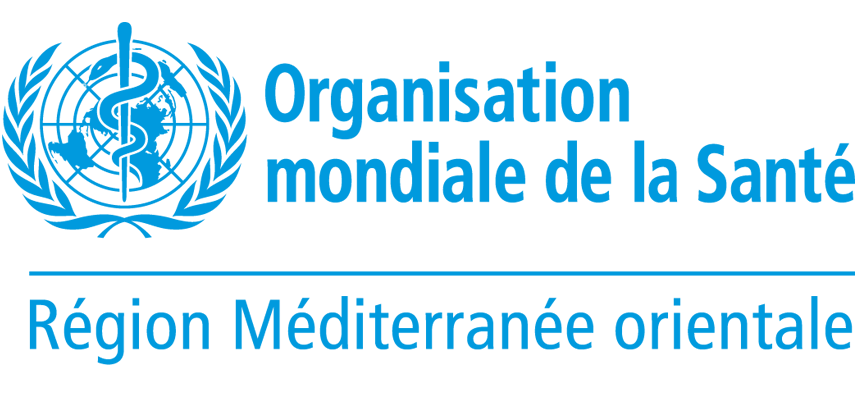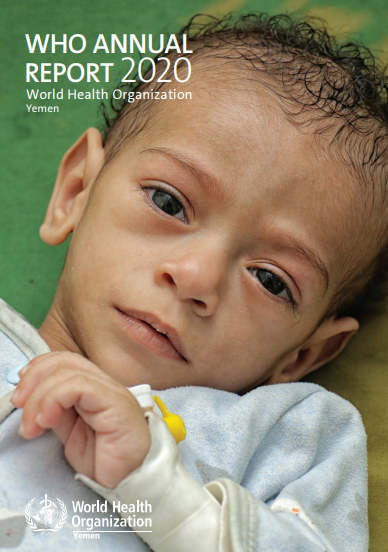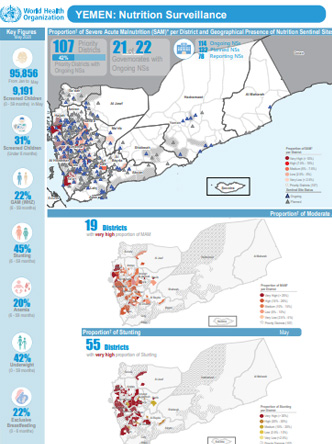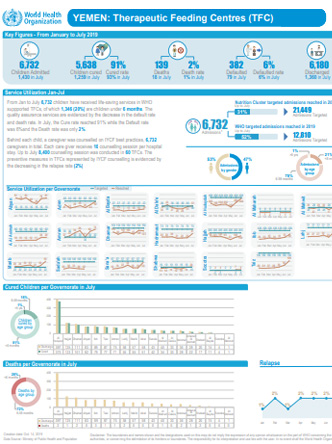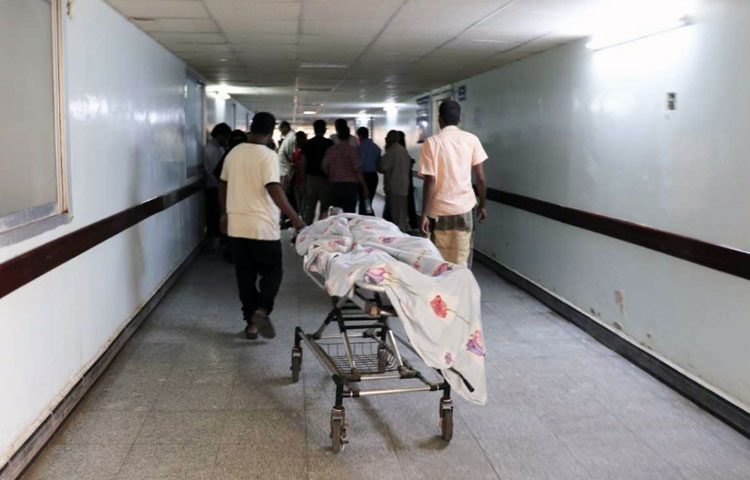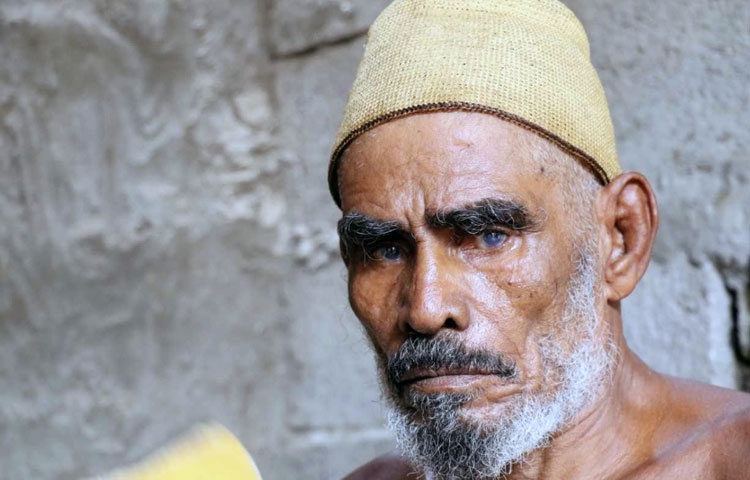Article management dashboard
Situation reports on the flooding in Yemen
Situation update, 17 August 2022
Intense rains and devastating floods are continuing across Yemen affecting shelters, livelihoods and water sources of approximately 35 000 households, mostly in displacement sites and settlements.
Heavy rainfall is expected to continue until 20 August, likely causing further displacement of households especially in lowlands of Al Hodeidah, Al Mahwit, Hadramawt, Hajjah, Lahj, Raymah, Sa’dah, Sana’a, Shabwah and Ta’iz governorates.
The districts of Ma’rib City and Ma’rib (Al Wadi) and Abs currently have the highest concentration of affected families. OCHA and sub-national clusters are coordinating with partners to mobilize a response given floods continue to pose a serious threat to displaced populations.
Annual reports
Yemen Emergency Human Capital Project
14 November 2021 – The Yemen Emergency Hum...
Emergency Health and Nutrition Project
Launched in 2017, the Yemen Emergency Health and Nutrition Project aims to contribute to the provision of basic health, essential nutrition, and water and sanitation services across Yemen in all 333 districts and 22 governorates. The project is jointly implemented by WHO and UNICEF, leveraging each organizations’ comparative advantage and areas of expertise along with partnership and support of the World Bank.
The project aims to support the national health system through financing health and nutrition services and assists in maintaining the existing health system capacity through support and engagement of public health facilities and communities.
The project has 3 main components:
- Improving Access to Health, Nutrition, Public Health and Water and Sanitation Services.
- Project Support, Management, Evaluation and Administration.
- Contingent Emergency Response.
For adequate implementation of the project activities following the environmental and social safeguards requirements, the following documents have been developed and published. Both documents are applicable to any activities financed by the project to ensure adequate protection for the personnel, environment and communities from any adverse impact resulted from the implemented activities.
Environmental and Social Management Framework
The objective of the Environmental and Social Management Framework is to provide guidance to implementers to ensure the environmental and social assessment process is carried out in compliance with national legislation and World Bank's safeguard policies. The framework sets out the principles, rules, guidelines and procedures to screen, assess, manage and monitor the mitigation measure of environmental and social risks associated with the project activities, subprojects and should provide guidance for development of intervention checklists or simplified site-specific environmental and social management plans, and according to the potential impact significance of each proposed subproject.
The framework establishes clear directives and methodologies for the evaluation of subprojects to be financed, and ensure that the activities are environmentally and socially sound and sustainable. It is also in compliance with the environmental and social laws and legislation of Yemen, and the guidelines of WHO and UNICEF as implementing agencies.
Environmental and Social Management Framework| Arabic
Medical Waste Management Plan
The objective of the Medical Waste Management Plan is to prevent and/or mitigate the negative impacts of medical waste on human health and the environment. The plan includes advocacy for good practices in medical waste management and is to be used by health, sanitary and cleaning workers who manage medical waste in the supported facilities or activities.
All health facilities and health services supported through the World Bank should have appropriate procedures and capacities in place to manage medical waste, therefore, this plan includes good practices and procedures for the waste packaging, storage, segregation, transportation, treatment and disposal.
Medical Waste Management Plan | Arabic
Environmental and social management plans
For subprojects that involve civil work activities and implemented under the Emergency Health and Nutrition Project, the environmental and social management plan will be prepared for each subproject to ensure the associated environmental and social risks are properly identified and managed.
An environmental and social management plan consists of the set of mitigation, monitoring and institutional measures to be taken during implementation and operation of an activity to eliminate adverse environmental and social risks and impacts, offsets them, or reduce them to acceptable levels. It also defines the activities summary, level of responsibilities, communication summary, reporting and monitoring requirements, as well as the grievance mechanism requirements.
Environmental and social management plan of waste treatment units installation
Rehabilitation of Rainwater Channel Bajil Hospital | Arabic
WASH maintenance Al-Thawrah Hospital Sana'a | Arabic
Rehabilitation of Aden Central Public Health Laboratory | Arabic
WHO partners with KSrelief to support national response for malaria and dengue vector control in Yemen
Yemen COVID-19 Response Project
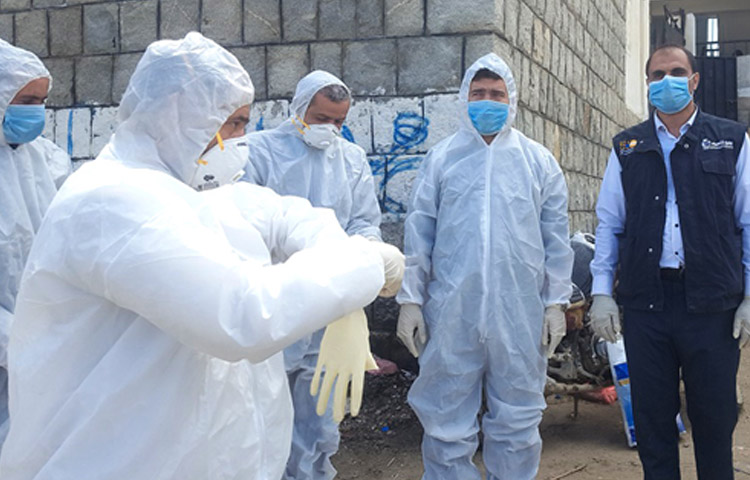
The Yemen COVID-19 Response Project is being implemented in the Republic of Yemen by WHO with the support and finance of World Bank since 4th of April 2020. The project aims to prevent, detect and respond to the threat posed by COVID-19 and strengthen national systems for public health preparedness.
Within this context, Additional Financing is a new grant by the World Bank approved in June 2021 to support the costs of expanding activities under the Yemen COVID-19 Response Project. In addition, it will support access to COVID-19 vaccines and help ensure effective vaccine deployment in the country through vaccination system strengthening.
The environmental and social documents of the Yemen COVID-19 Response Project have been updated to include the new activities supported by the Additional Financing to comply with the project requirements.
Environmental and social commitment plan
The environmental and social commitment plan sets out material measures and actions that need to be carried out throughout the entire project cycle to comply with the World Bank's environmental and social standards.
Environmental and social commitment plan
Environmental and social management framework
The environmental and social management framework assists implementation of the Project inside Yemen through the development of necessary plans in accordance with the World Bank’s environmental and social management framework and proposes a clear delineation of responsibilities in compliance with the project's Environmental and Social Commitment Plan.
In addition to describing the rules, regulations and guidelines applicable for the project, the framework outlines the procedures to identify and mitigate the environmental and social risks and impacts associated with the project's activities during the various implementation stages. Monitoring requirements and the principles of infection control and medical waste management, as well as a stakeholders engagement and grievances mechanism, are also included in the framework.
Environmental and social management framework
Environmental and social management plan
For subprojects that involve civil work activities and implemented under the Yemen COVID-19 Response Project, the environmental and social management plan will be prepared for each subproject to ensure the associated environmental and social risks are properly identified and managed. Environmental and social management plan consists of the set of mitigation, monitoring and institutional measures to be taken during implementation and operation of an activity to eliminate adverse environmental and social risks and impacts, offsets them, or reduce them to acceptable levels.
Isolation units rehabilitation
Infection control and medical waste management plan
The infection control and medical waste management plan overall objective is to prevent and/or mitigate the negative impacts of infection and medical waste on human health and the environment. The plan includes advocacy for good practices in infection control and medical waste management and is to be used by health, sanitary and cleaning workers who manage medical waste in project-supported health care facilities. The plan also includes good practices and procedures for waste packaging and storage, segregation, transportation, treatment and disposal.
Infection control and medical waste management plan
Labor management procedures
The labor management procedures have been prepared in line with the requirements of the World Bank’s Environmental and Social Standard ESS2, Labor and Working Conditions. The procedures detail the types of project worker as well as the applicable labor rules and regulations.
The Project will involve the use of: 1) direct workers, who will be engaged directly by WHO and staff from local health authorities at governorate level; and 2) contracted workers (medical and non-medical) who will be hired to respond to a surge in demand for services due to the COVID-19 pandemic in selected hospitals and to support implementation, including training, capacity-building and communications.
The procedures outline the key labor risks, mitigation measures and occupational health and safety requirements, as well as key administrative controls, applicable for the Yemen COVID-19 Response Project that need to be applied so that the workers will be protected from any adverse impacts resulting from activities implementation.
Stakeholder engagement plan
As per the Word Bank's Environmental and Social Standard ESS10, Stakeholders Engagement and Information Disclosure, the implementing agencies should provide stakeholders with timely, relevant, understandable and accessible information, and consult with them in a culturally appropriate manner, which is free of manipulation, interference, coercion, discrimination and intimidation.
The overall objective of the stakeholder engagement plan is to define a roadmap for stakeholder engagement, including public information disclosure and consultation of safeguard instruments, throughout the entire project cycle. The plan outlines the ways in which the project team will communicate with stakeholders and includes a mechanism by which people can raise concerns, provide feedback, or make complaints about project and any activities related to the project.
Nationwide measles and rubella immunization campaign reaches 11.6 million children in Yemen
21 February 2019 – In collaboration with local health authorities, WHO and UNICEF have concluded a nationwide measles and rubella vaccination campaign in Yemen reaching more than 11.6 million (90%) children aged 6 months–16 years across the country.
WHO, with the support of Saudi Arabia, United Arab Emirates, Kuwait and Gavi, the Vaccine Alliance, contributed to the campaign through the provision of vaccines, fuel, training, deployment of health workers and supervisors, as well as raising awareness among communities about ways to protect themselves against these diseases.
Dhamar, Mareb and Sana’a governorates have reported over 100% coverage due to a large number of internally displaced persons coming from other governorates. The campaign continued for an additional 3 days in districts where low coverage was reported.
Despite the challenging conditions, WHO teams and health workers were able to reach high-risk areas, IDP camps and marginalized communities with awareness-raising activities and vaccination.
Faces of Al-Hudaydah: civilians plagued by war, disease and hunger
The situation in Al-Hudaydah – one of the most impoverished governorates in Yemen – is further aggravated by the ongoing deadly conflict that erupted in mid-June. Many health facilities have either closed down or suspended their operations due to security concerns, and water and sanitation systems have been damaged, increasing the risk of waterborne diseases such as cholera. Electricity is unavailable in most areas, jeopardizing operations of health facilities and hospitals. Under the pressure of violence, high temperatures and spread of diseases, health needs remain dire.
While many people from Al-Hudaydah fled to neighbouring governorates, including Sana’a, Ibb and Dhamar governorates, others were forced to return to their homes and risk their lives as they were unable to cope with the cost of displacement. Their suffering is not only limited to poor living conditions, with many also enduring chronic diseases, such as kidney failure, diabetes, hypertension and cancer, as well as infectious diseases, including cholera.
